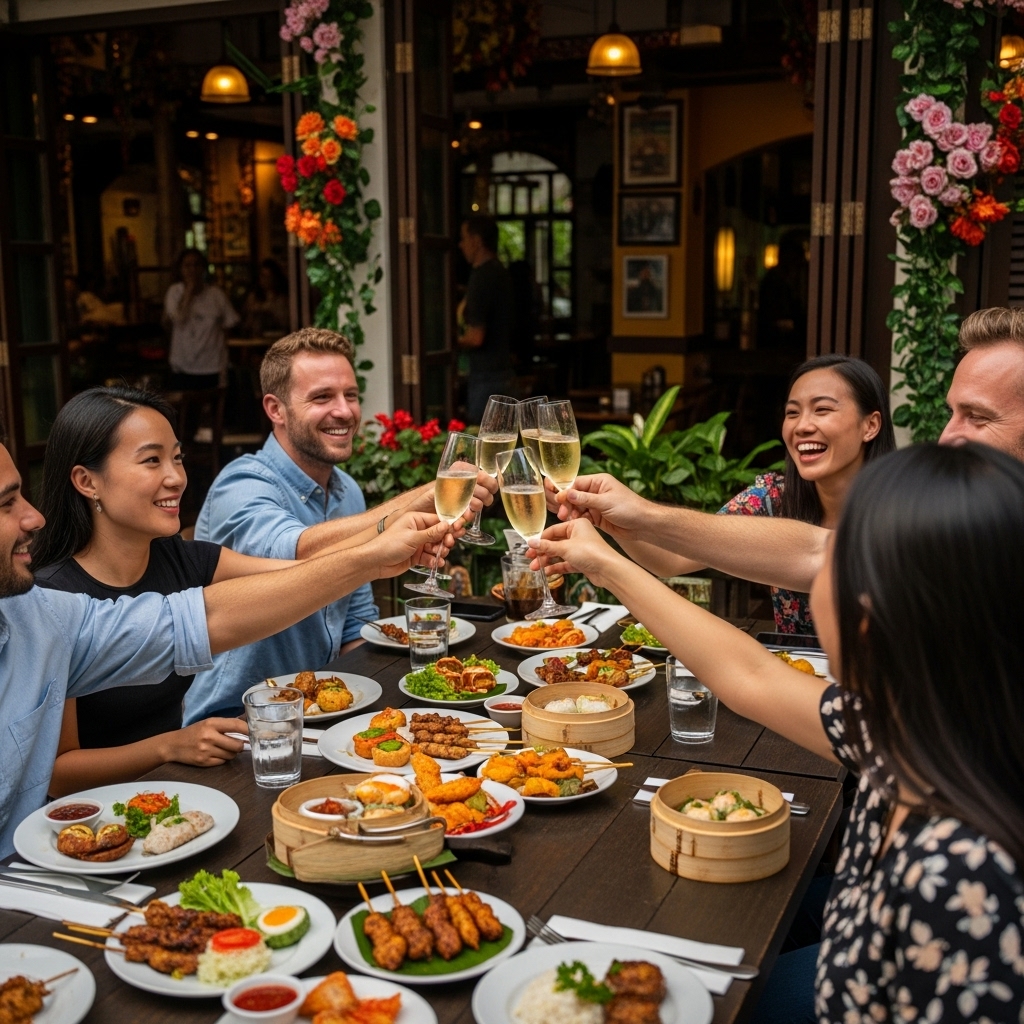Your cart is currently empty!
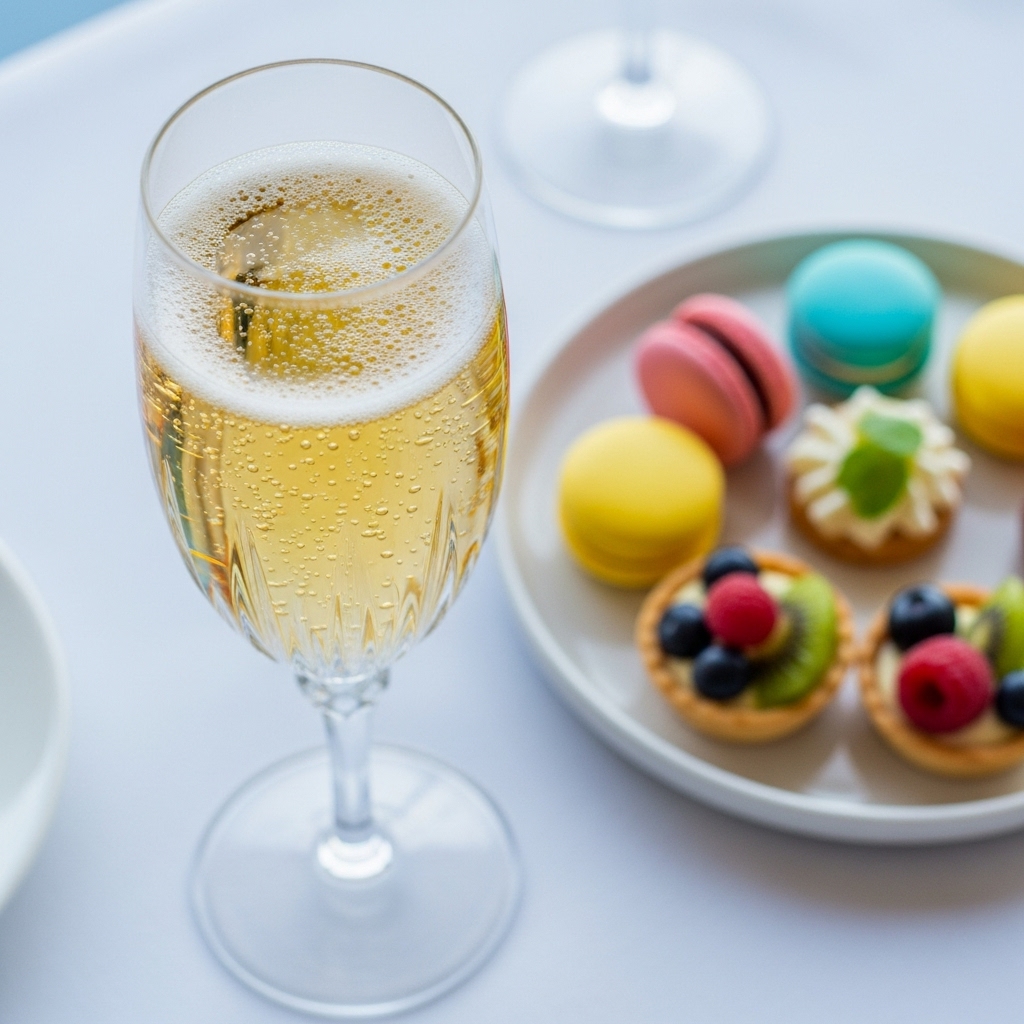
Sweet Sparkle: A Guide to Regional Nuances for the Asian Palate
—
When the conversation turns to sparkling wine, the crisp, dry “Brut” often takes center stage. It’s a classic, certainly, but the effervescent world offers a much broader, more delightful spectrum of sweetness. For many palates, especially those accustomed to the intricate balance and subtle sweetness often found in Asian cuisines and beverages, exploring these regional sweet nuances in sparkling wine can be a revelation. It’s about discovering a harmonious bubbly that truly complements your culinary journey.
Unpacking the Sweetness Scale: Your Guide to the Bubbles
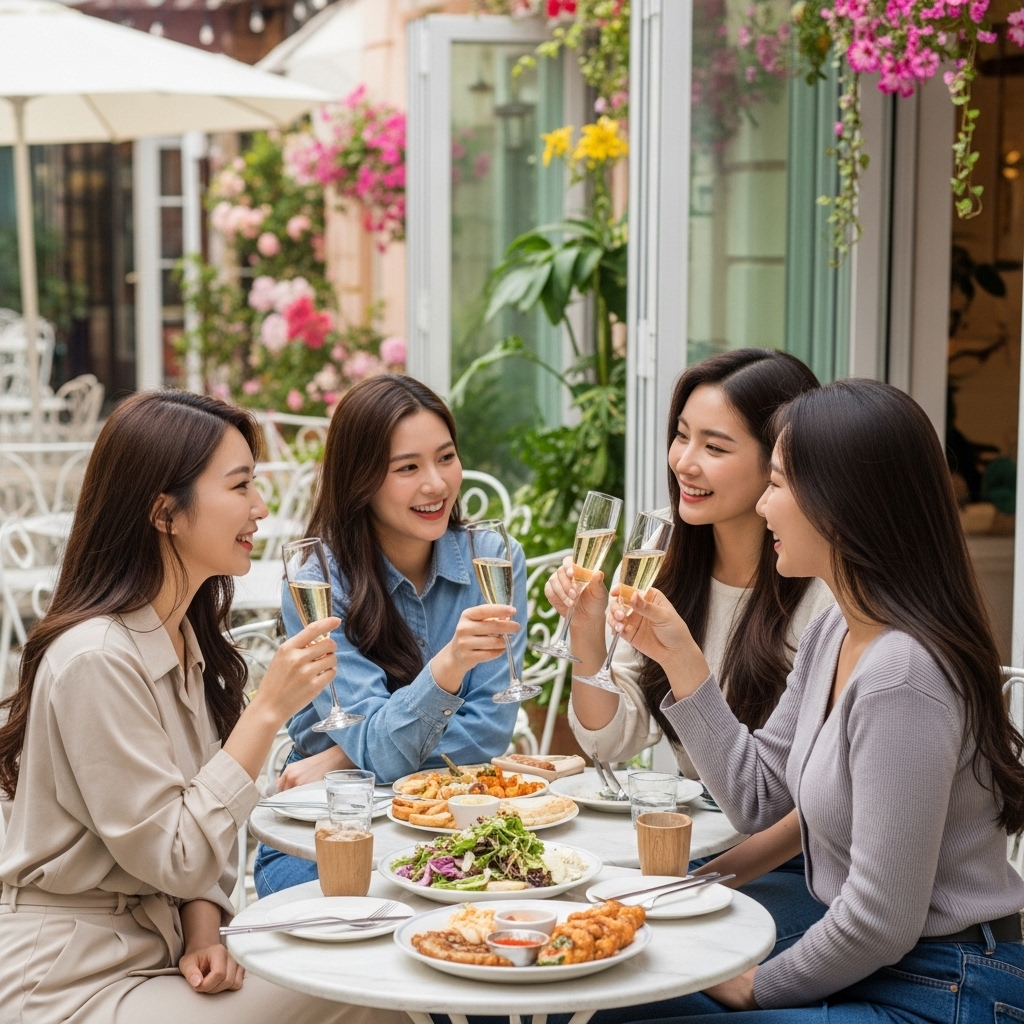
The sweetness level in sparkling wine is determined by the “dosage” – a small amount of sugar added after the second fermentation. While the terms can sometimes be a little tricky (e.g., “Extra Dry” is actually sweeter than “Brut”!), understanding this scale is your key to finding the perfect bottle:
- Brut Nature / Brut Zero / Pas Dosé: 0-3 g/L residual sugar (bone dry)
- Extra Brut: 0-6 g/L residual sugar (very dry)
- Brut: 0-12 g/L residual sugar (dry – the most common)
- Extra Dry / Extra Sec / Extra Seco: 12-17 g/L residual sugar (off-dry, subtly sweet)
- Sec / Secco: 17-32 g/L residual sugar (medium sweet)
- Demi-Sec / Semi-Secco: 32-50 g/L residual sugar (sweet)
- Doux / Dulce: 50+ g/L residual sugar (very sweet)
Now, let’s explore how different regions craft these delightful sweeter expressions, perfect for the diverse Asian palate.
Champagne, France: Elegant Sweetness for Refined Palates
While Champagne is celebrated for its dry Brut styles, it also produces exquisite sweeter expressions that offer a beautiful balance, especially for richer Asian dishes:
- Demi-Sec Champagne: With 32-50 g/L of residual sugar, Demi-Sec offers a noticeable sweetness that is beautifully balanced by Champagne’s signature acidity. It often presents rich fruit notes (like apple, pear, white peach) and hints of brioche or toast. This style is fantastic as an aperitif for those who prefer a softer, more inviting start, or, more traditionally, paired with delicate Asian desserts like mango sticky rice, or even to complement the subtle sweetness in dishes like honey-glazed char siu.
- Doux Champagne: Containing over 50 g/L of sugar, Doux is the sweetest style of Champagne. It’s a rare, luxurious treat, rich and luscious, designed to be a true dessert wine, perfect with rich cakes or fruit tarts.
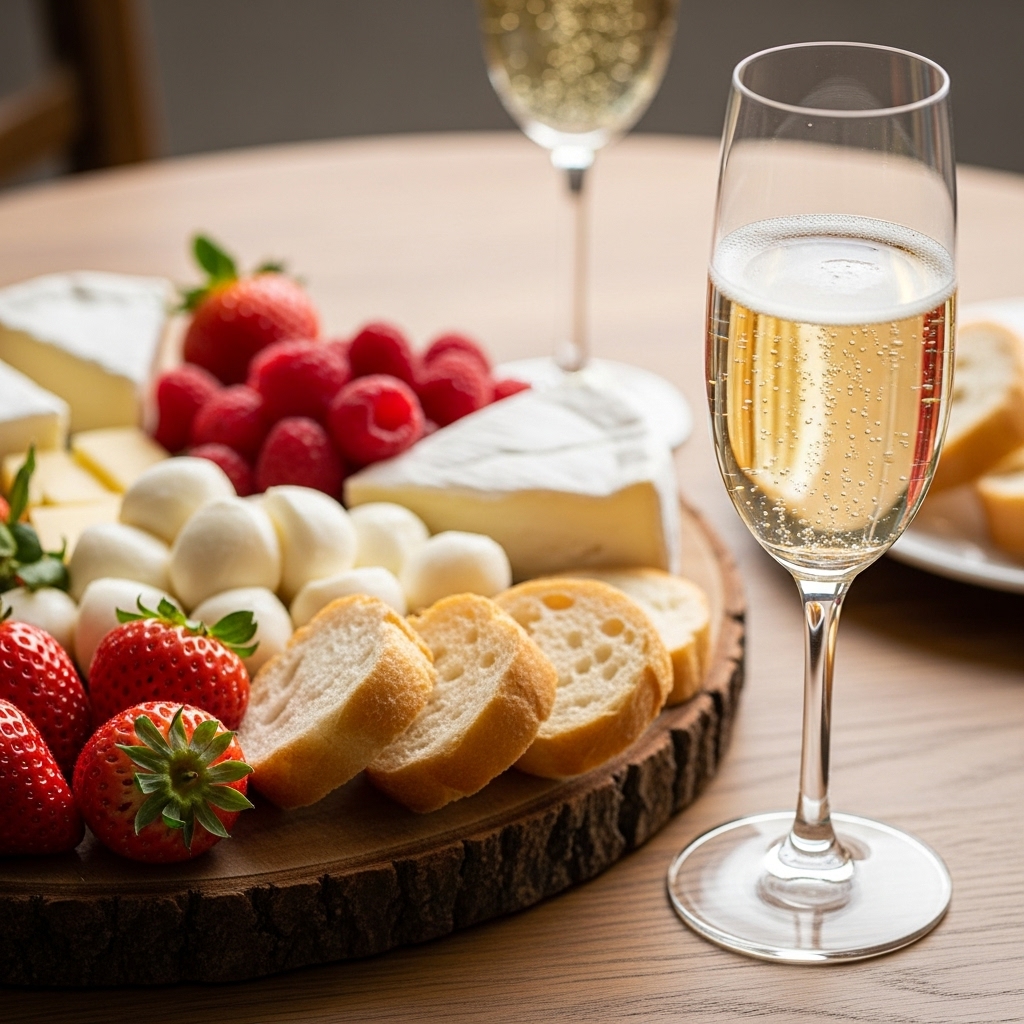
Cava, Spain: Dry Dominance with Sweet Surprises
While Cava, crafted using the Traditional Method like Champagne, is predominantly known for its dry (Brut) styles, it also offers a range of sweeter options that provide a delightful richness and complexity:
- Cava Extra Dry (Extra Seco): (12-17 g/L RS) Similar to Champagne’s Extra Dry, this Cava offers a perceptible sweetness that rounds out its crisp acidity. A great match for savory tapas or even a light curry.
- Cava Dry (Seco): (17-32 g/L RS) A medium-sweet style that can be a delightful pairing for a cheese course or lighter fruit desserts.
- Cava Demi-Sec (Semi-Seco): (32-50 g/L RS) A genuinely sweet Cava, perfect for pairing with traditional Spanish sweets or richer Asian-inspired desserts.
- Cava Dulce: (50+ g/L RS) The sweetest Cava, a rare find designed for the sweetest culinary companions.
Moscato d’Asti, Italy: The Quintessential Sweet & Low-Alcohol Delight
From Piedmont, Italy, Moscato d’Asti is a true standout in the world of sweet sparkling wines, a natural partner for many Asian flavors. Made from the highly aromatic Moscato Bianco grape, it is:
- Distinctly Sweet: Typically having 100-150 g/L of residual sugar, Moscato d’Asti is unashamedly sweet, bursting with flavors of peach, apricot, orange blossom, and honey.
- Lightly Sparkling (Frizzante): It’s frizzante (lightly sparkling) rather than spumante (fully sparkling), creating a delicate, soft effervescence that’s gentle on the palate.
- Low Alcohol: With an alcohol content typically around 5.5% ABV, it’s a wonderfully light and refreshing choice, perfect for leisurely enjoyment.
Moscato d’Asti is the quintessential dessert wine, pairing beautifully with Asian fruit desserts, mochi, or even cutting through the heat and complexity of spicy Sichuan or Thai dishes. Its sweetness and low alcohol make it a fantastic palate cleanser.
Cava’s sweeter expressions still retain the complexity and fine bubbles from the Traditional Method, offering a different dimension to its Spanish character that can beautifully complement fusion cuisines.

Prosecco, Italy: Fruit-Forward & Approachable for Everyday Joy
Italy’s beloved Prosecco, known for its vibrant fruitiness and soft, frothy bubbles (produced using the Charmat Method), often leans towards an approachable sweetness that resonates well with many Asian preferences:
- Prosecco Extra Dry: Despite its name, this is the most common and often the slightly sweeter style of Prosecco (12-17 g/L RS). It bursts with notes of green apple, pear, and citrus. It’s incredibly versatile, making it a great choice for dim sum brunch, light spring rolls, or even to balance mildly spicy Korean fried chicken.
- Prosecco Dry (Sec/Secco): With 17-32 g/L, this style is noticeably sweeter, offering a more pronounced fruitiness. It pairs wonderfully with fruit-based desserts or lighter pastries often found in Asian bakeries.
- Prosecco Demi-Sec (Semi-Secco): While less common, these can be found with 32-50 g/L RS, providing a genuinely sweet and delightful experience, ideal for a relaxed afternoon tea.
Prosecco’s inherent fruitiness makes its sweeter expressions feel natural and inviting, perfect for casual celebrations or a sunny afternoon.
Why Embrace Sweeter Sparkling Wines for Asian Palates?
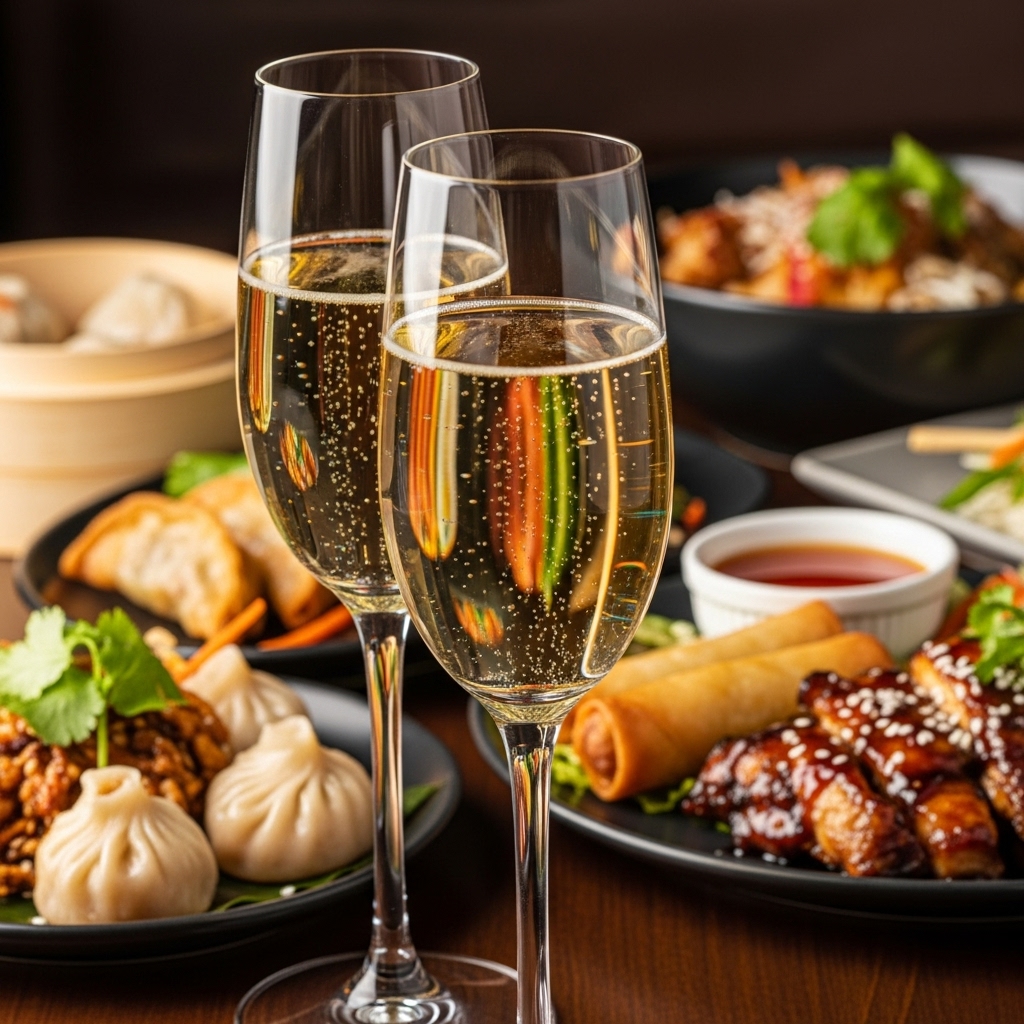
Choosing a sweeter sparkling wine isn’t a compromise; it’s an expansion of your palate and a celebration of flavor harmony. These wines are perfect for:
- Dessert Pairings: A classic match, cutting through richness or complementing fruit-based sweets and pastries.
- Brunch & Afternoon Tea: A lighter, more refreshing alternative that pairs wonderfully with a spread of savory and sweet bites.
- Aperitifs: For those who prefer a softer, more inviting start to an evening, without the initial sharpness of a very dry wine.
- Spicy Cuisine: The sweetness can beautifully balance the heat of Asian dishes, providing a soothing counterpoint and refreshing the palate.
- Rich & Umami Dishes: The bubbles and sweetness can cut through richness and complement umami flavors, enhancing the overall dining experience.
The World Awaits Your Sweet Sip
The world of sparkling wine is rich with regional nuances, and its sweeter expressions are a testament to this diversity. From the elegant Demi-Secs of Champagne to the vibrant Moscato d’Asti and the surprising sweet Cavas, there’s a bubbly for every palate and every occasion. Don’t limit your sparkling experience to just Brut. Explore these delightful regional sweet wines and discover a whole new dimension of effervescent pleasure that harmonizes perfectly with the rich tapestry of Asian flavors.
